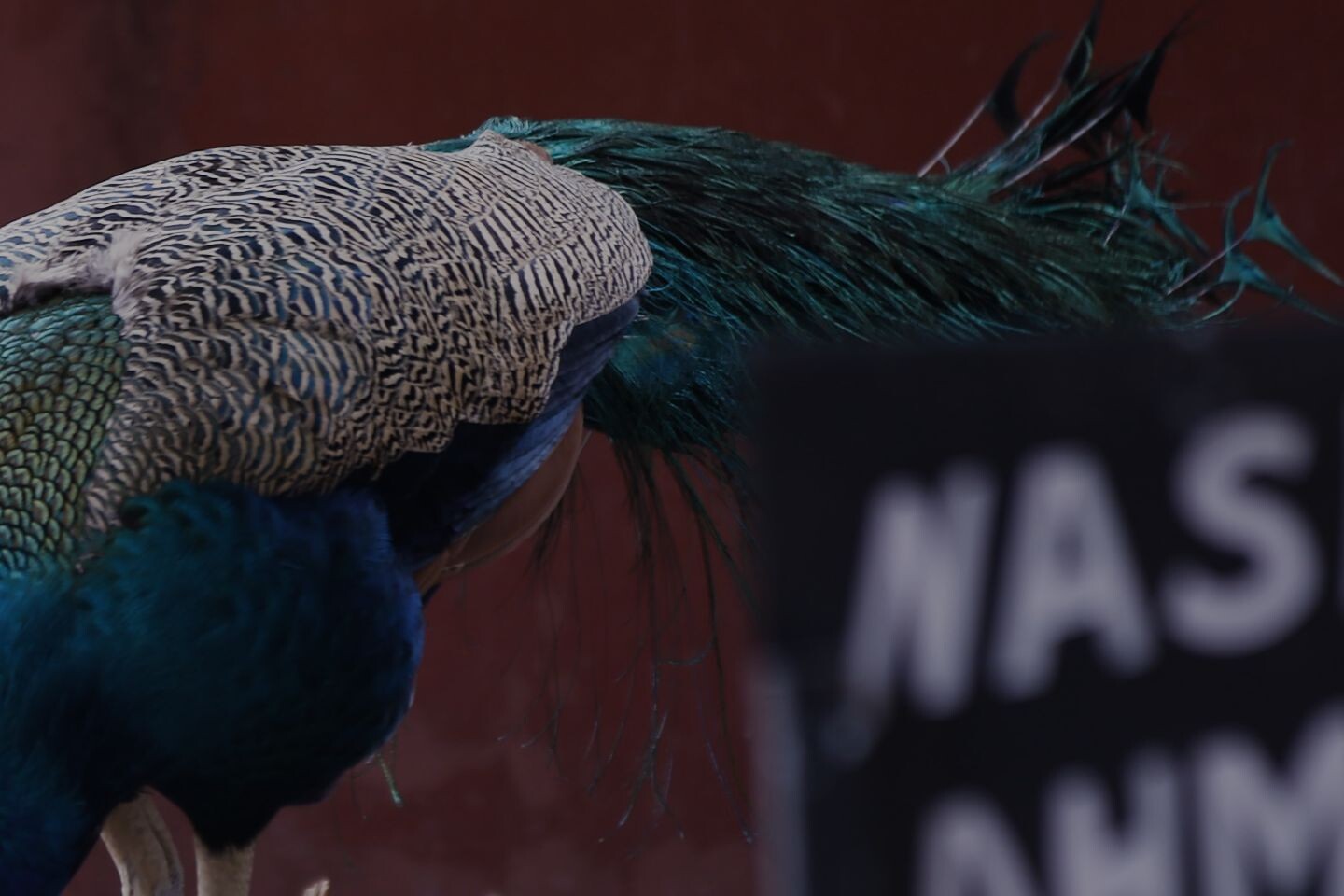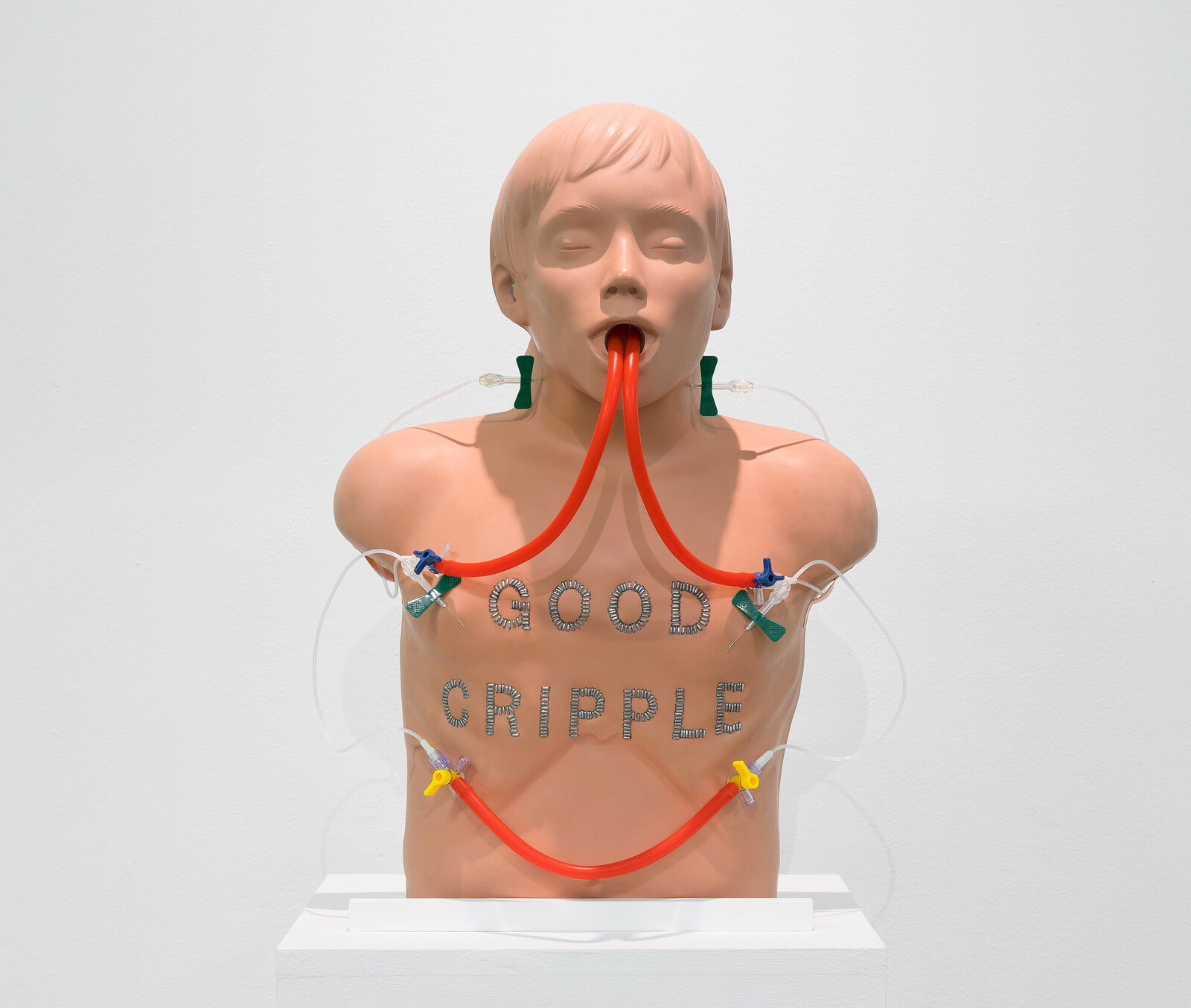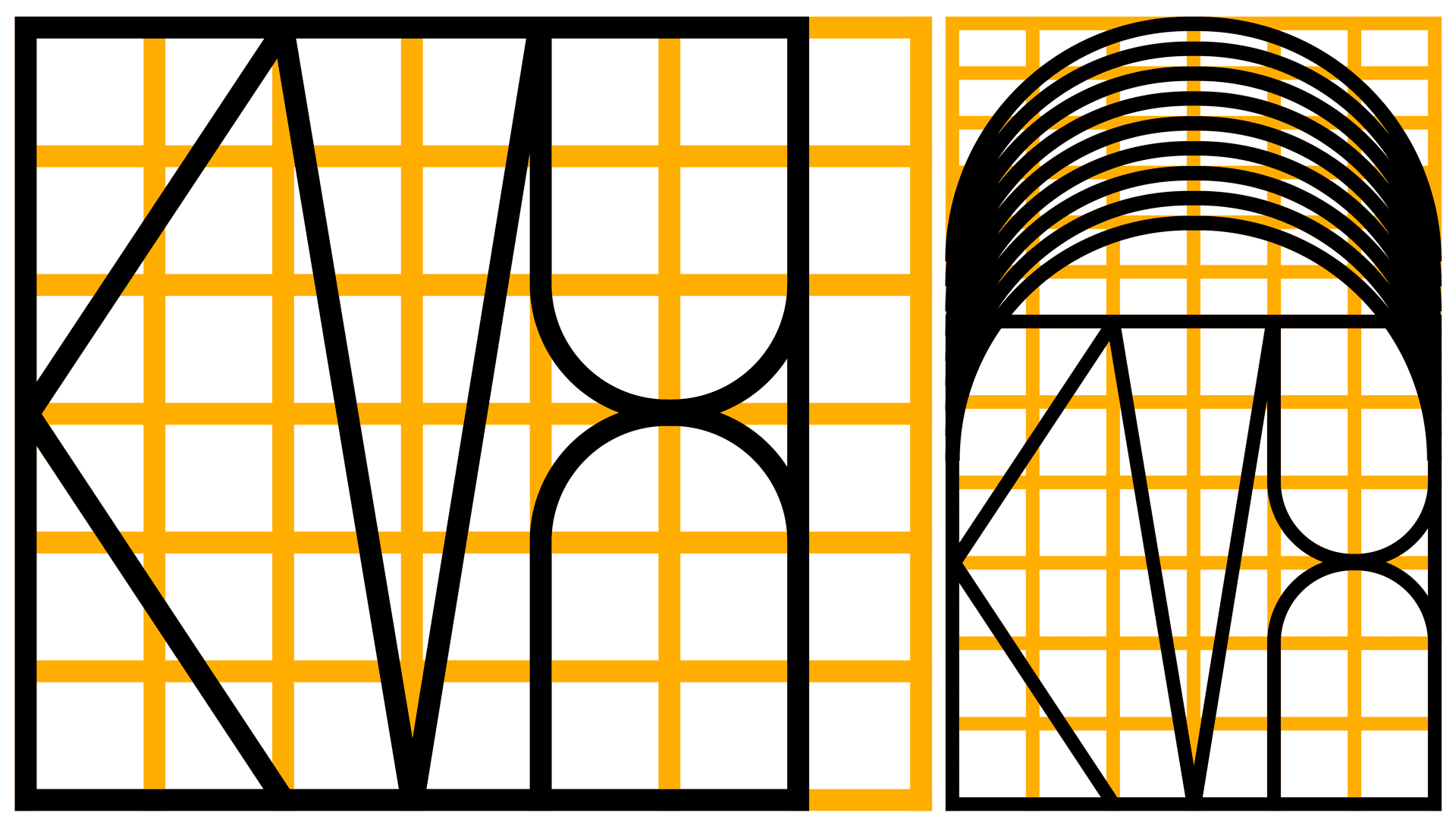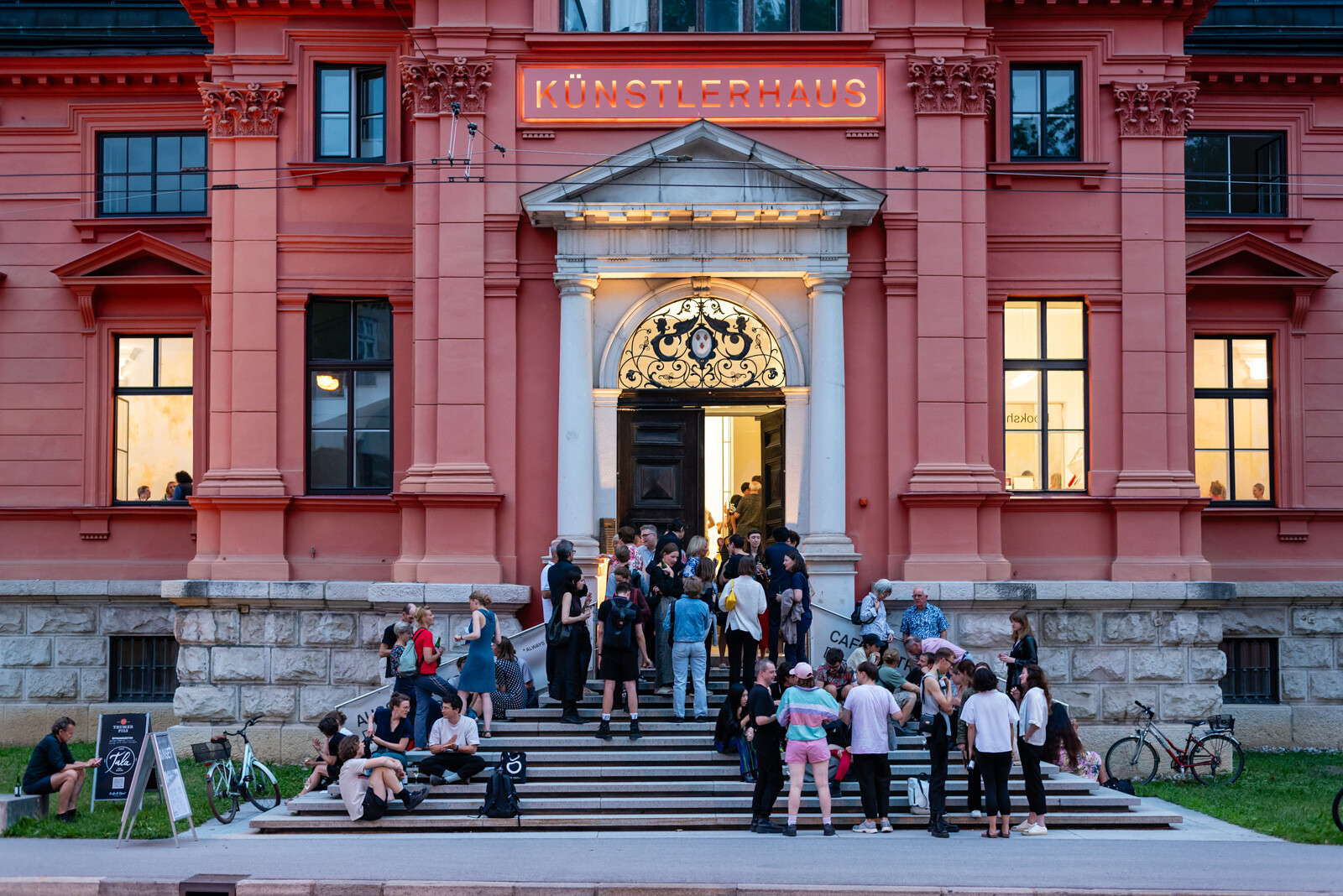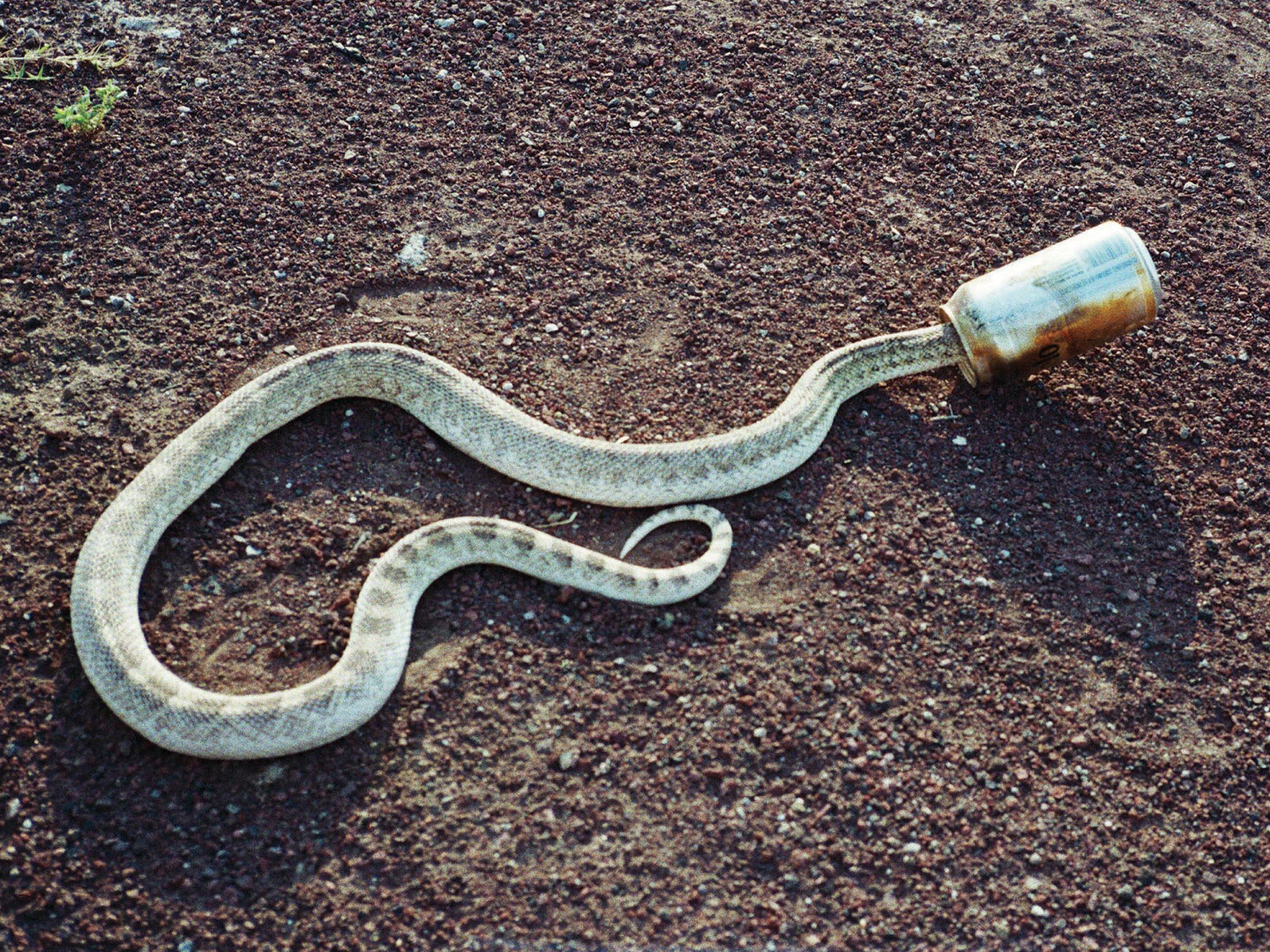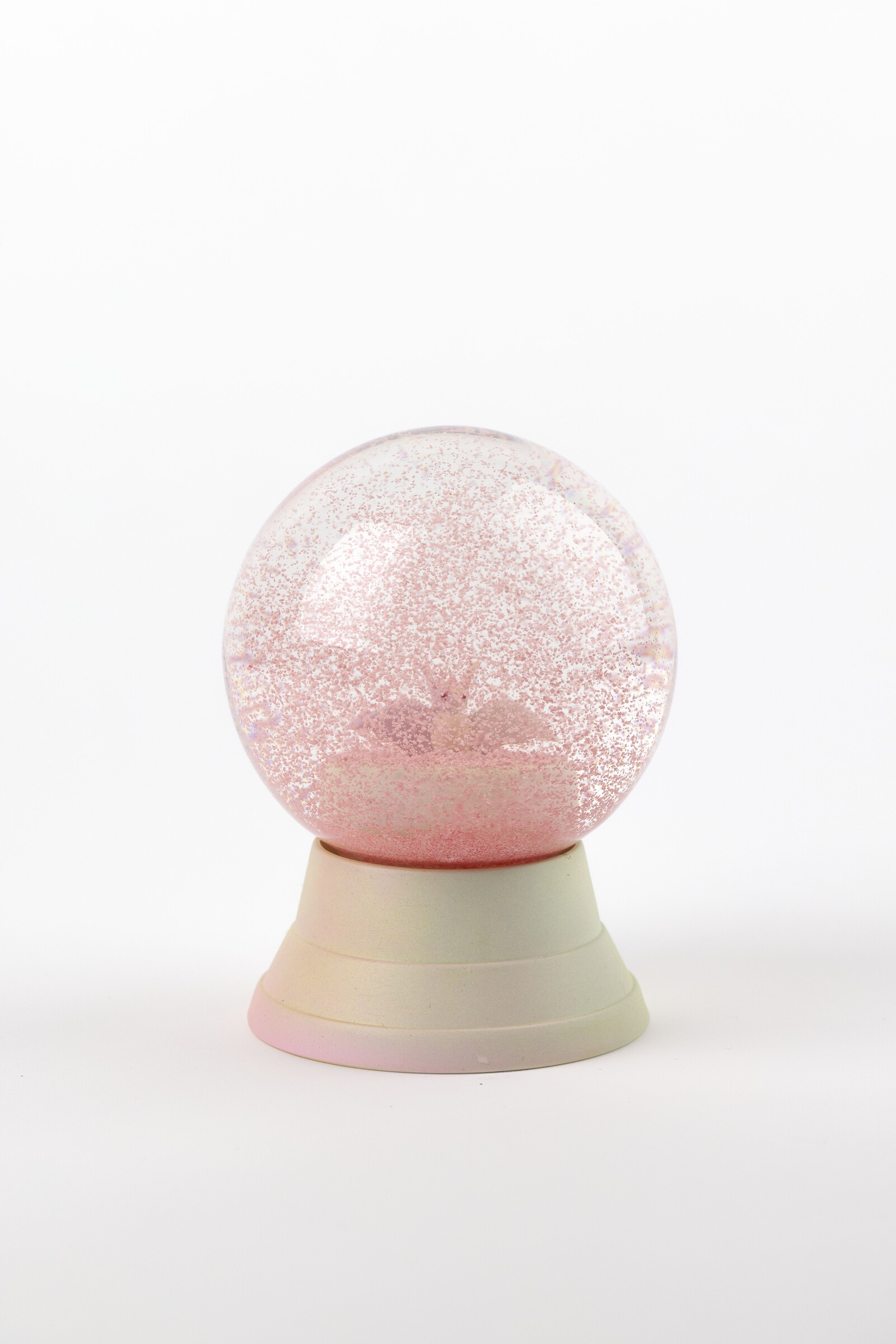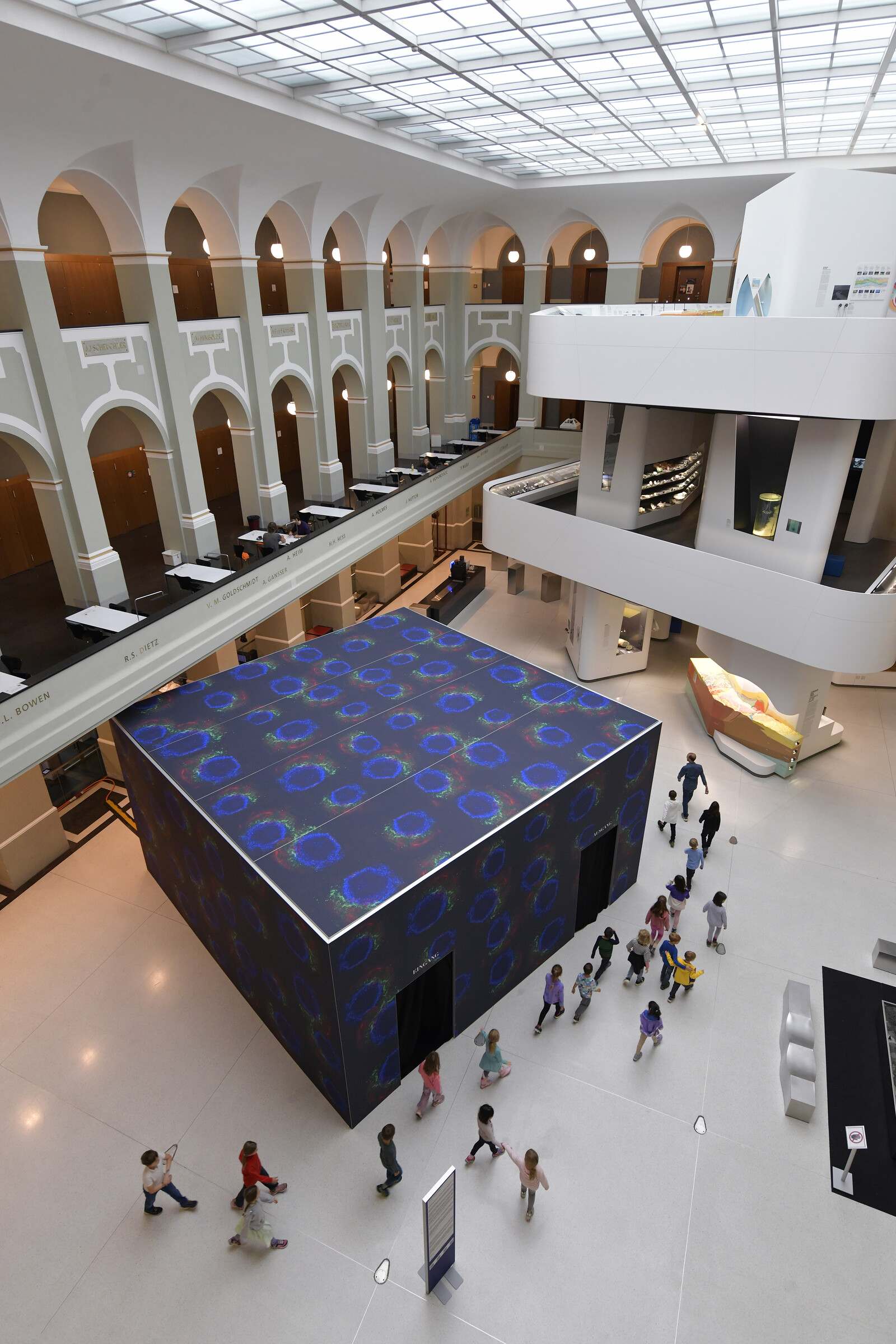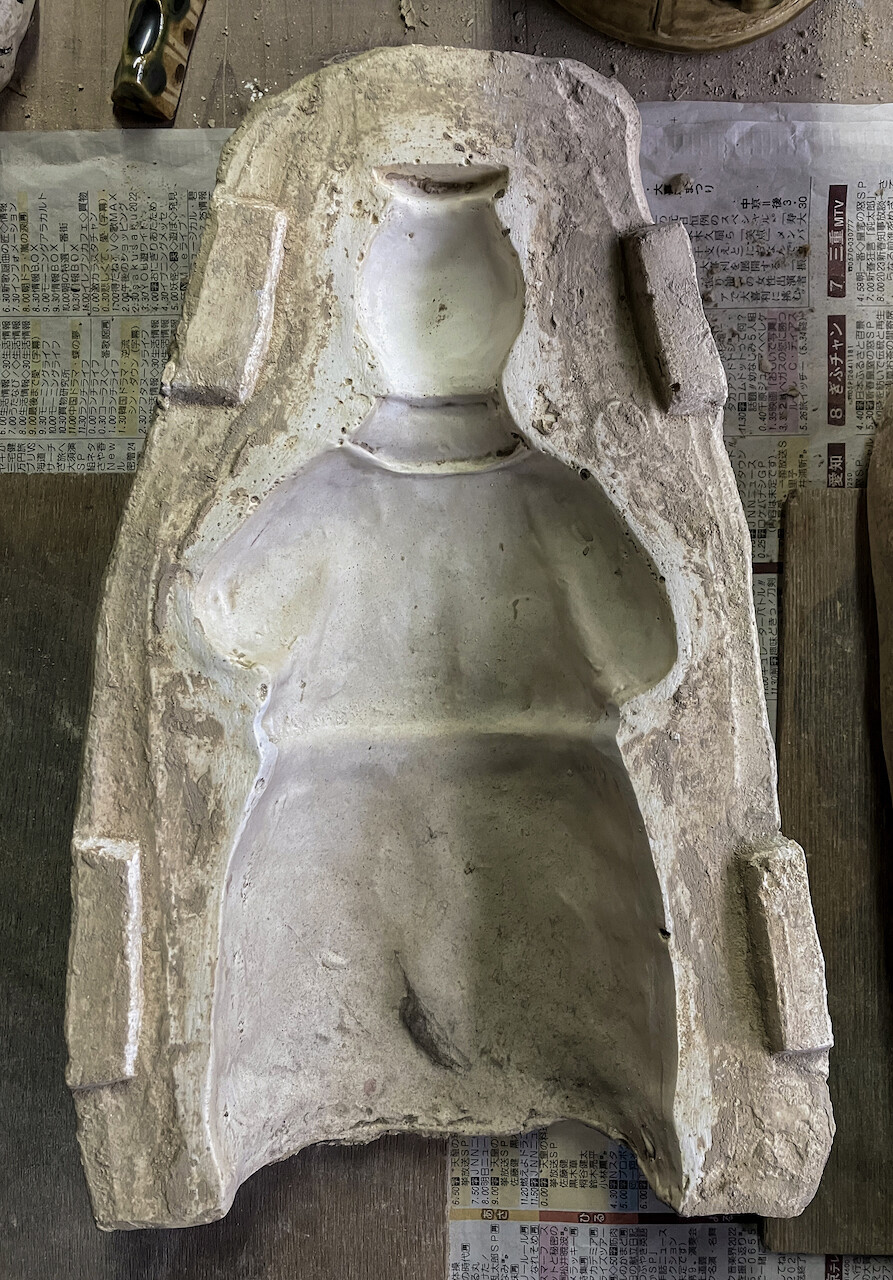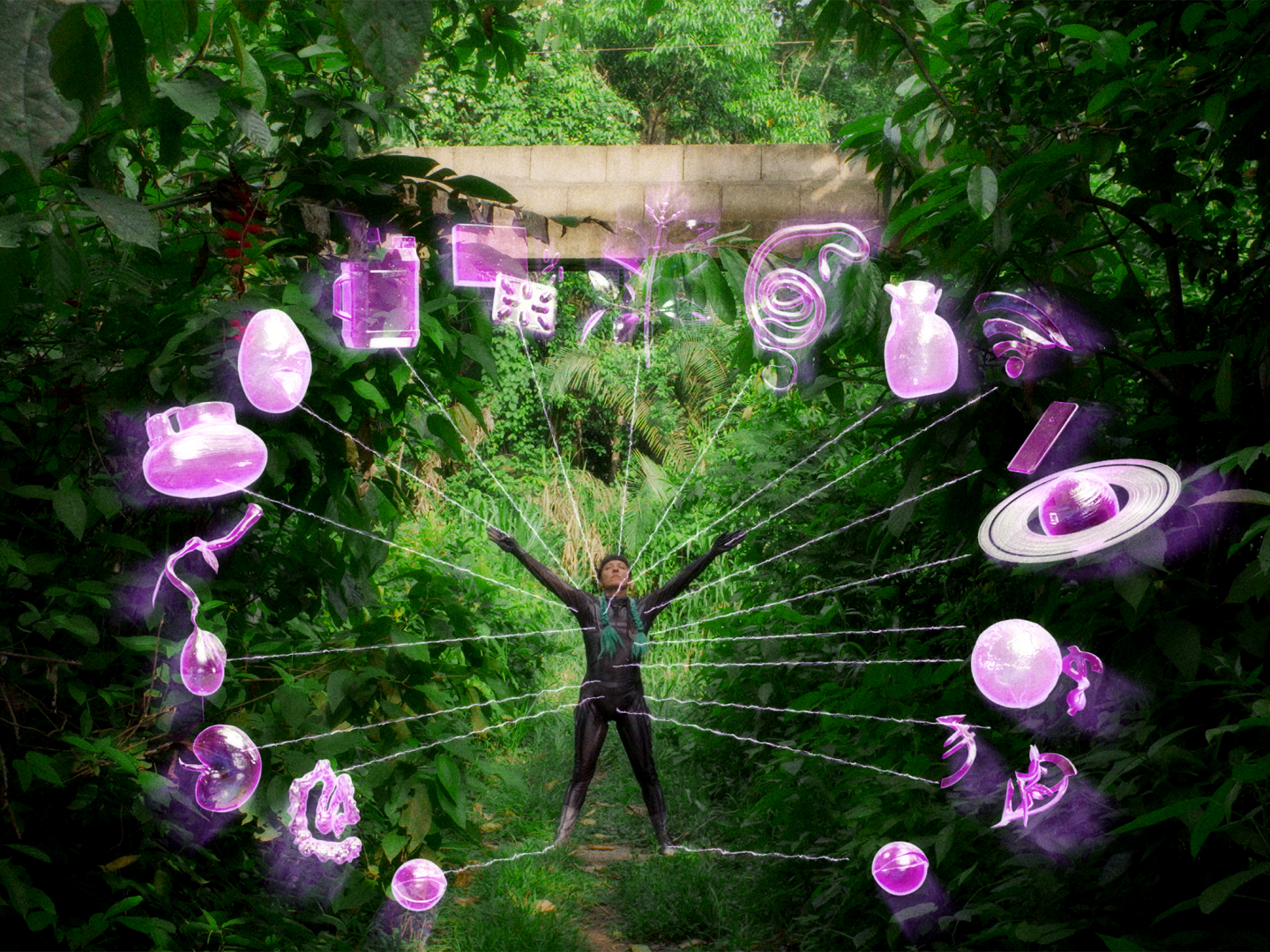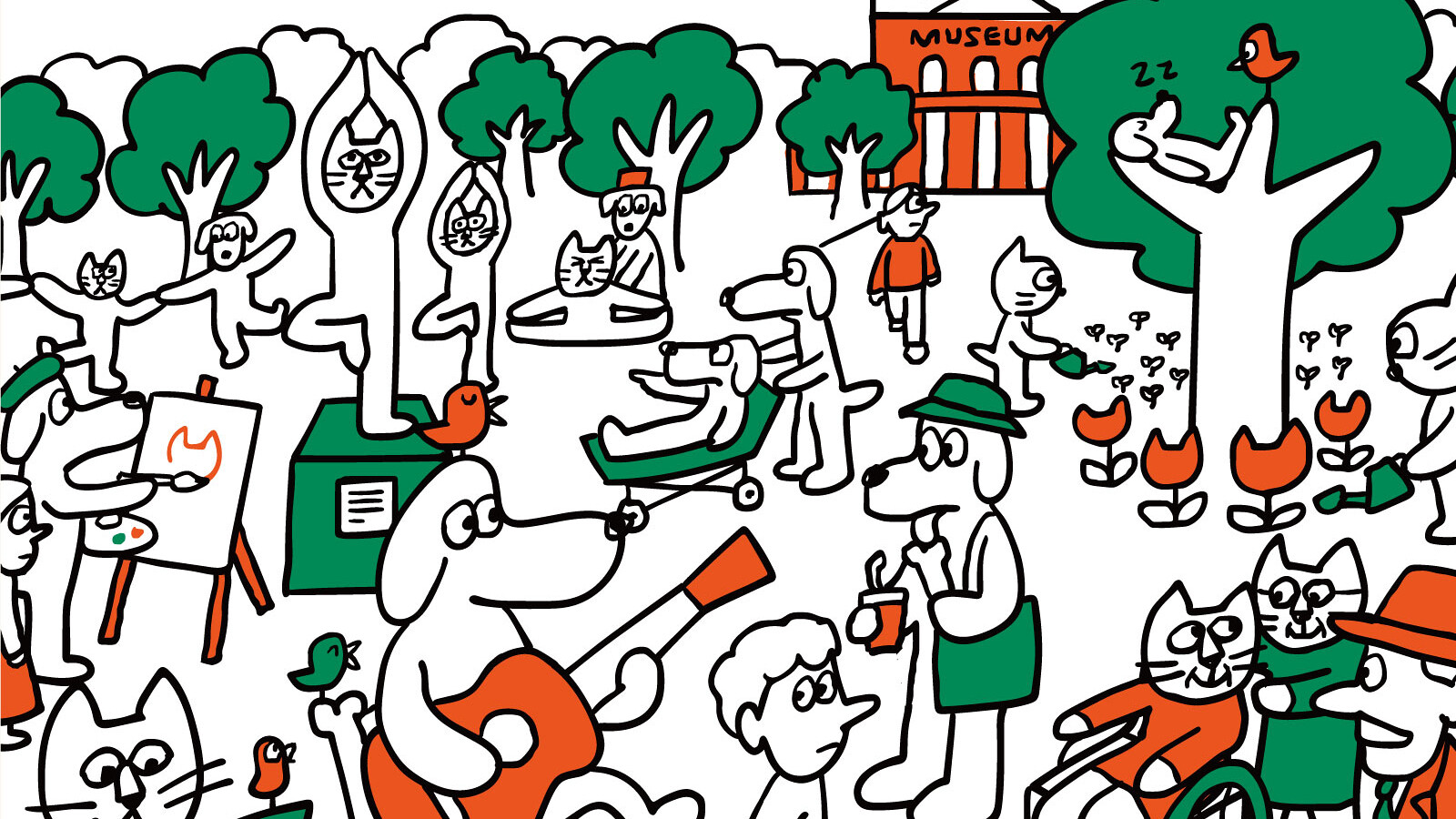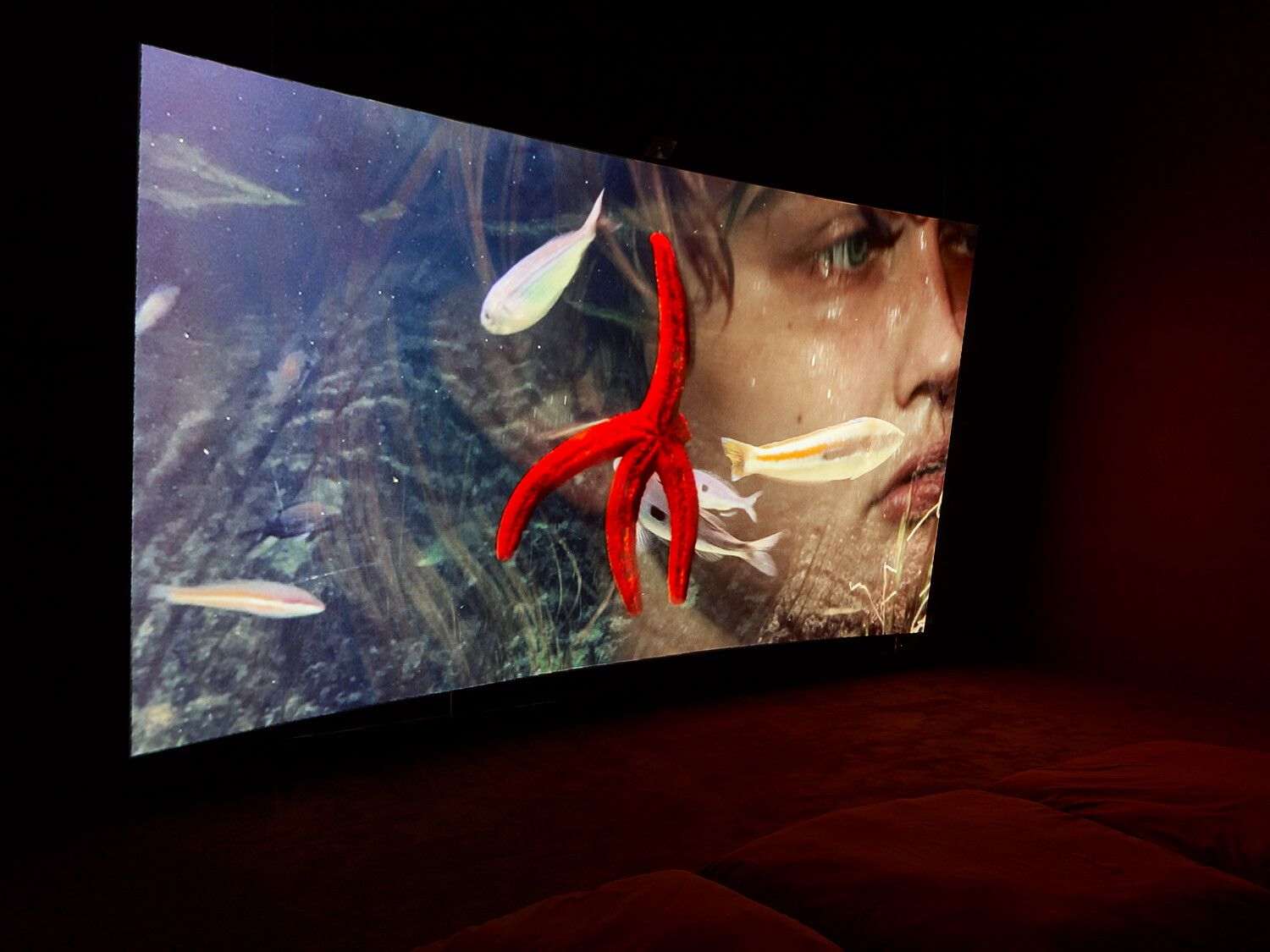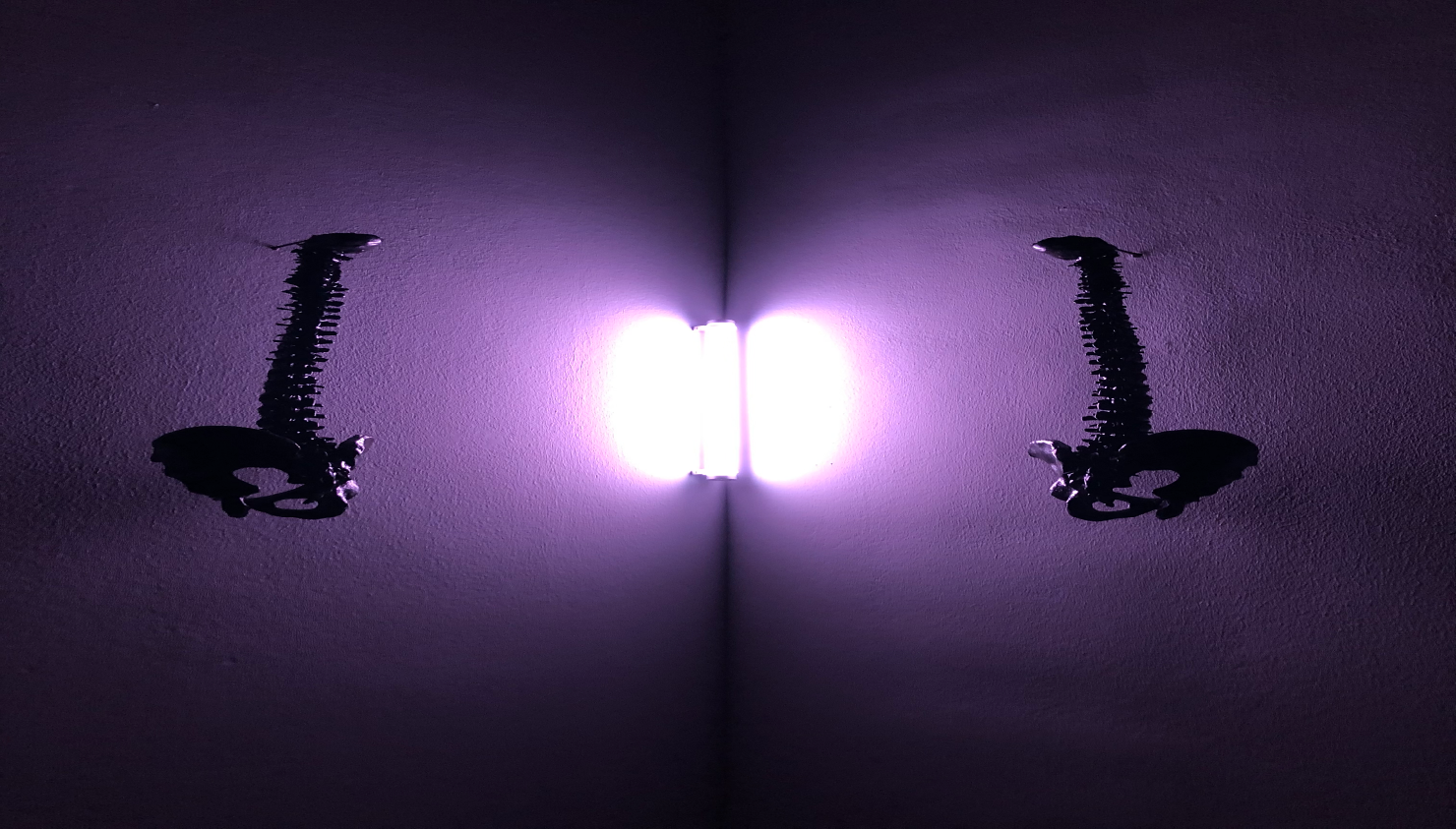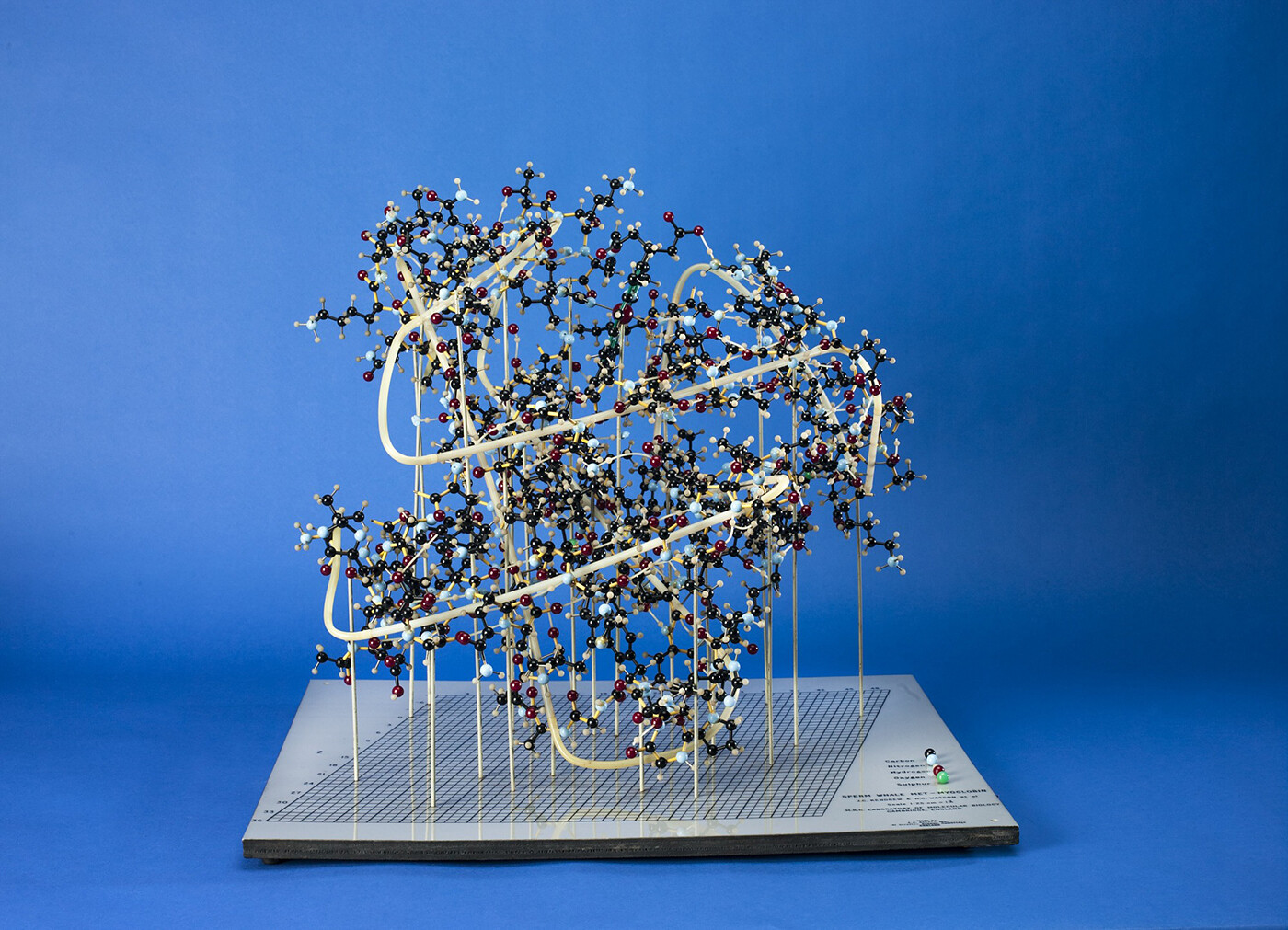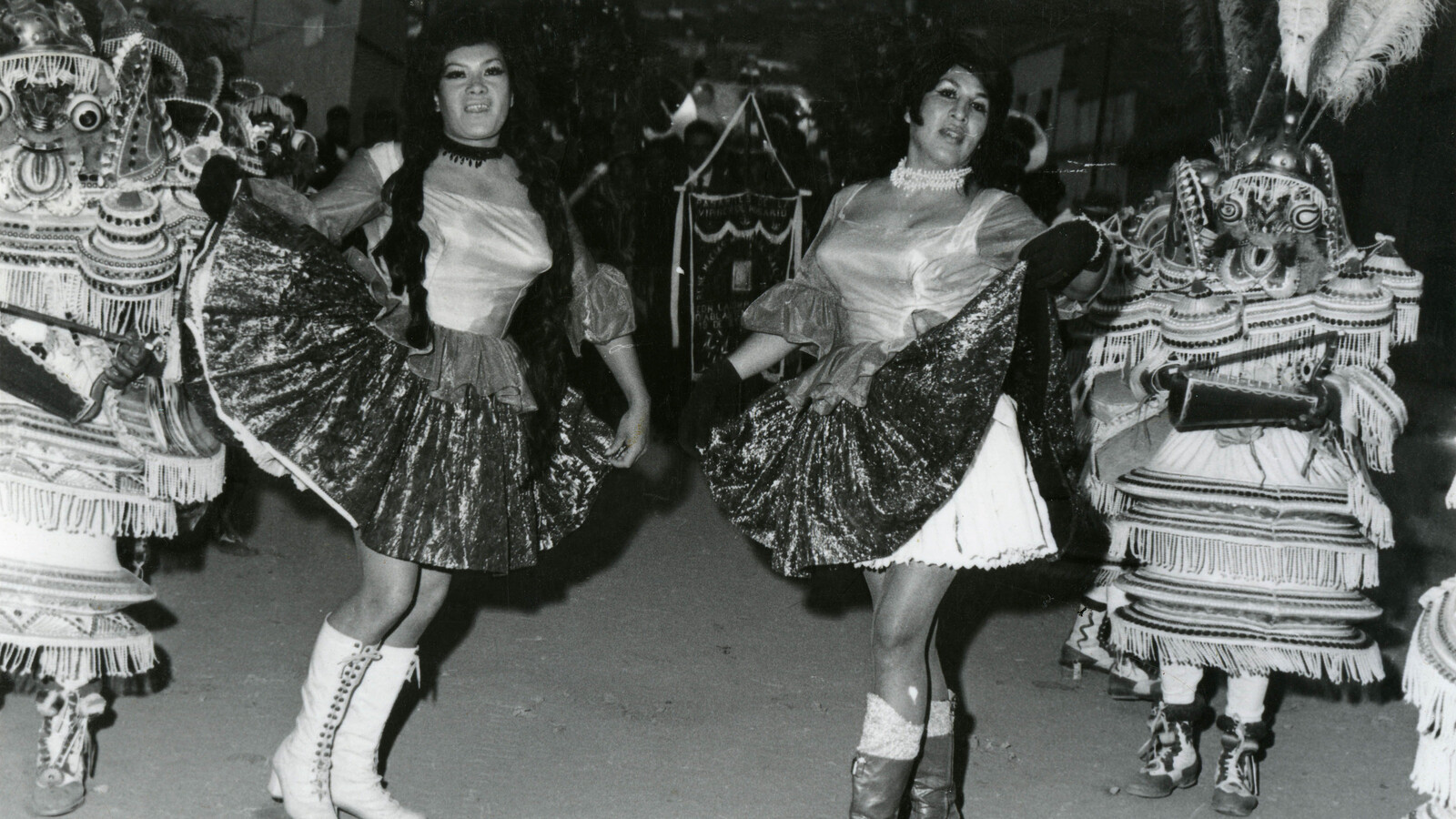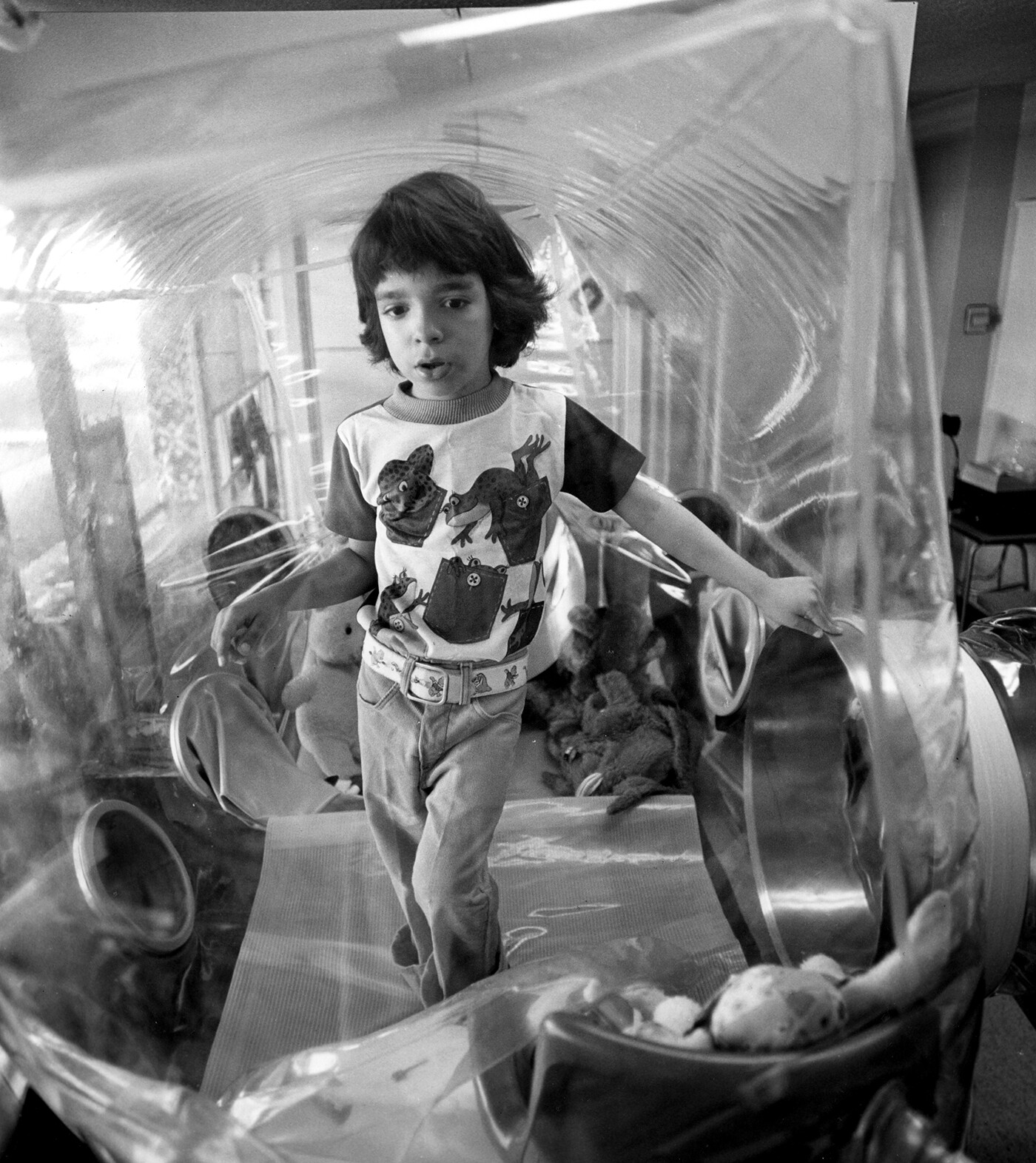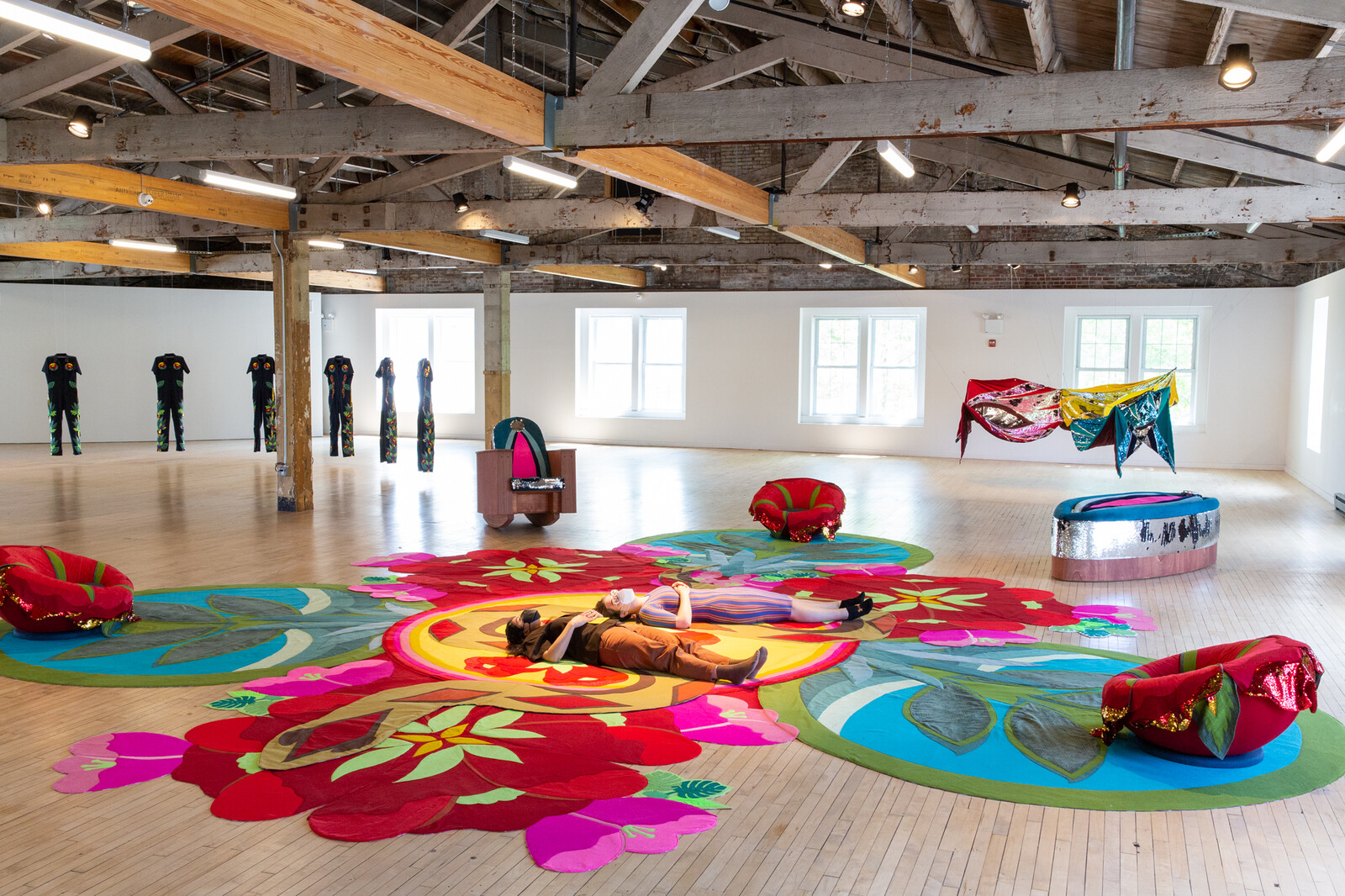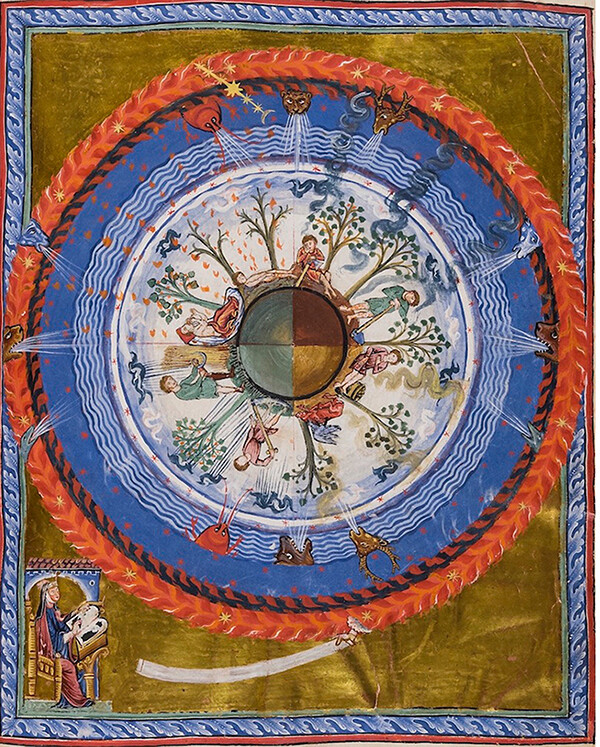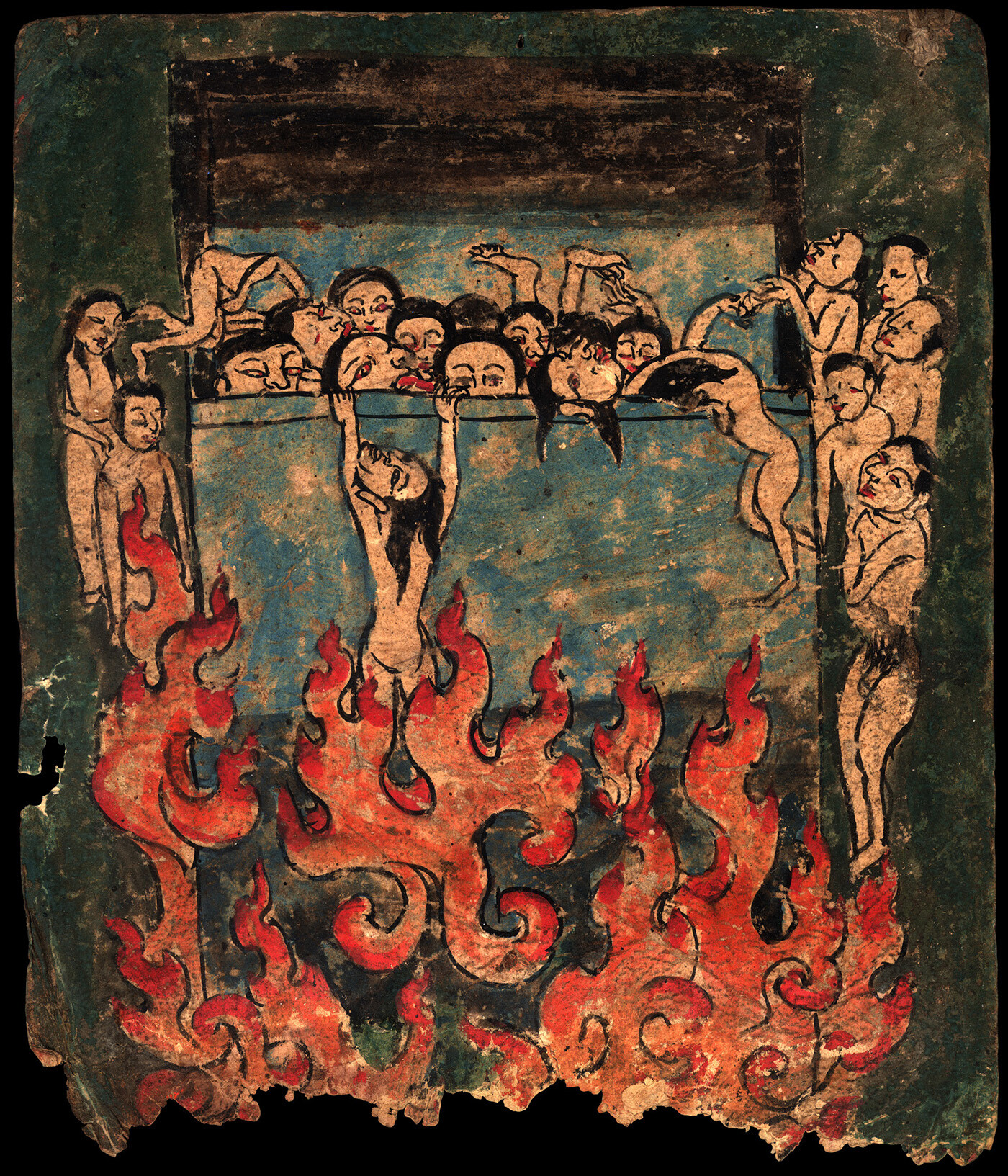While scientists search the human genome for DNA sequences that set us apart from other species, evidence suggests that we share much of our genetic identity with viruses. Rhizomorphic connections with other creatures, mediated by our viruses, may be happening all the time, along thousands of lines of flight. Infectious agents link humanity with other creatures who live with us in shared multispecies worlds. We are kin with our viral relations.
Survivance is dependent upon negotiating and being-with toxic relations as much as chosen and desired ones. Furthermore, discerning the toxicities from the nourishments within the very same relationship is a familiar task of anguish. This is the practice of being-with the kinships we do not choose—human and more-than-human. This is the practice of living inside of contradiction and contamination.
There are a lot of unknowns in human interactions with viruses, especially when we are facing a newly emerging virus. But the idea of viruses as “things” provides an overall strategy that promises to leave us mainly with known unknowns.
Seeing is a political act. Who has the right to visualize what and how? I am interested not just in the ways that scientists, artists, and people in their everyday lives have made the virus visible but also in what other processes—both historical and contemporary—viruses make visible.
Death by a thousand cuts is the province of relentlessly exposed and/or targeted, otherwise compromised peoples who are wise to their desired or planned termination. It is also the province of thinkers richly equipped with a theoretical imagination toward a species terminus, one that has been rationally preordained by climate change’s inevitabilities, allowing that teleology to predominate all other narratives of vulnerability. But is a species terminus fairly labeled “death”?

